Defense Minister Shoigu set a goal of expanding the production capacity of tanks and TOS-1A thermobaric guns during a visit to a defense plant in Omsk region.
Russian Defense Minister Sergei Shoigu on June 16 inspected the progress of the order for the production of weapons at a defense plant in Omsk province, as well as the preparation of weapons at a warehouse for delivery to the combat zone of Russian forces in Ukraine.
"Minister Shoigu ordered the plant's officials to comply with the set production schedule and continue to expand the production capacity of tanks and heavy thermobaric artillery systems to meet the needs of soldiers on the front line," the Russian Defense Ministry said.
Video released by Russian defense television shows main battle tank assembly lines and railway cars carrying T-80BVM tanks, as well as large quantities of mortars and self-propelled guns at a storage facility in Omsk.
Minister Shoigu visited a tank factory in Omsk region on June 16. Video: Zvezda
Deputy head of Russia's Security Council Dmitry Medvedev said earlier this month that Russia's defense industry was "showing impressive figures" when it came to key equipment such as tanks and artillery shells. "This year alone, the Russian industry has produced more than 600 tanks," he said.
The statements were made in the context of the Russian army strengthening its defenses to cope with a large-scale counteroffensive campaign by Ukraine, as well as maintaining the offensive momentum in many areas of the Donbass region and Zaporizhzhia province.
Western experts say that when the war began, Russia sent about 3,000 tanks into Ukraine, mostly modern models. However, about 2,000 of them were destroyed or abandoned on the battlefield.
Most of Russia's tank losses were due to the failed offensive to take control of Kiev early in the conflict, when Russian convoys were bogged down and repeatedly attacked by Ukrainian forces.
The Royal United Services Institute (RUSI) recently assessed that Russian armored forces have learned a lot of experience, adjusted tactics and applied a series of improvements to adapt to the reality of the Ukrainian battlefield.
After suffering heavy losses, Russia withdrew many older tanks such as the T-55 and T-62 from storage and deployed them to Ukraine. They did not spearhead the attack and directly attack the Ukrainian defenses. Instead, the Russian army used these tanks as mobile artillery platforms, as artillery reserves, to provide long-range fire support for infantry, and to engage in lightning raids on weak points in the Ukrainian defenses.
Vu Anh (According to TASS )
Source link









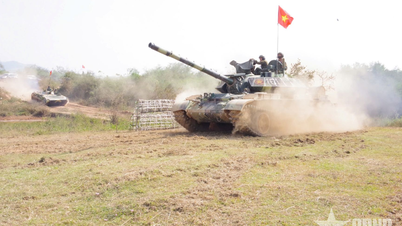





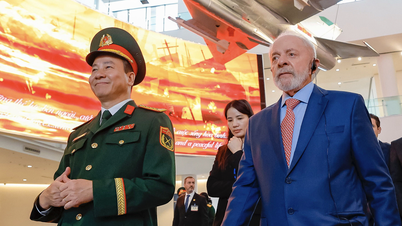







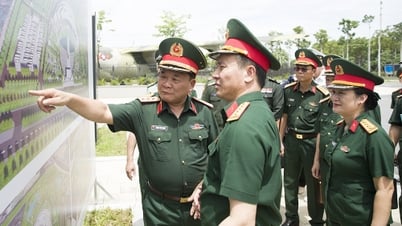


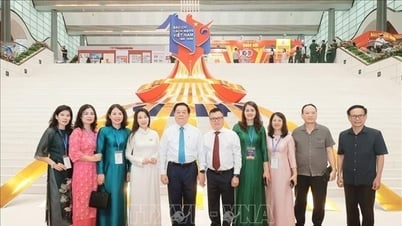











![[Photo] The 9th Congress of the Party Committee of the Office of the President, term 2025-2030](https://vphoto.vietnam.vn/thumb/1200x675/vietnam/resource/IMAGE/2025/6/20/78e7f27e8c4b4edc8859f09572409ad3)

























![[Maritime News] Wan Hai Lines invests $150 million to buy 48,000 containers](https://vphoto.vietnam.vn/thumb/402x226/vietnam/resource/IMAGE/2025/6/20/c945a62aff624b4bb5c25e67e9bcc1cb)









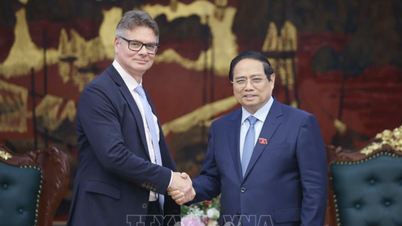


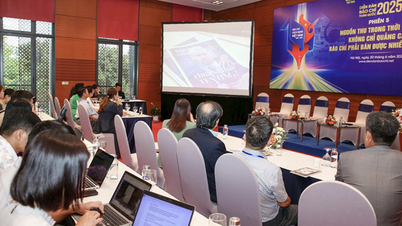

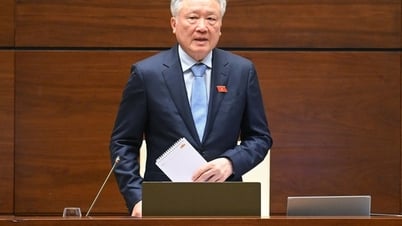
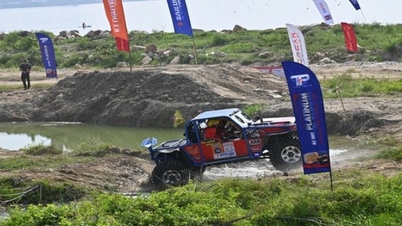



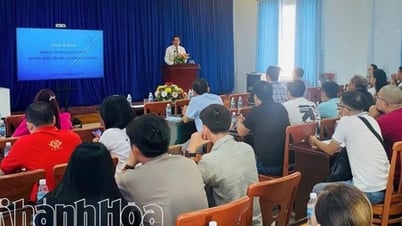








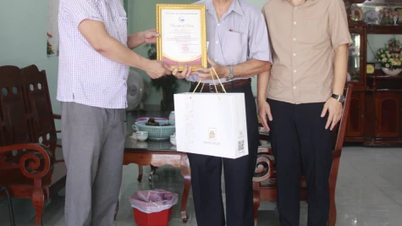













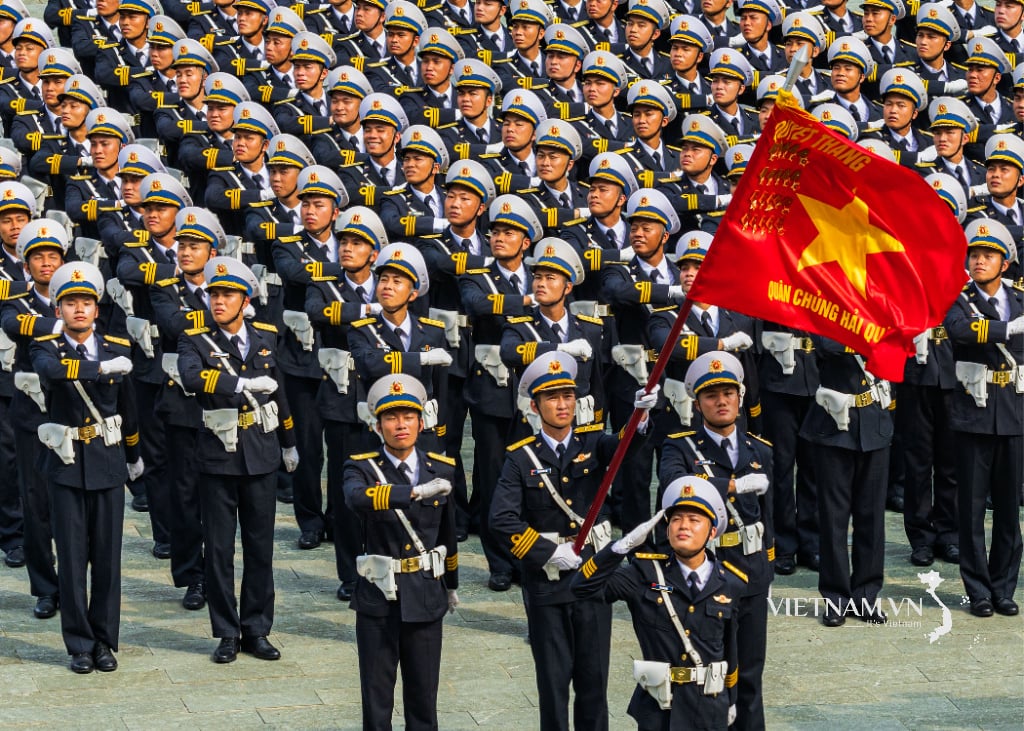

Comment (0)